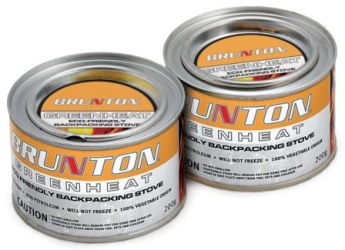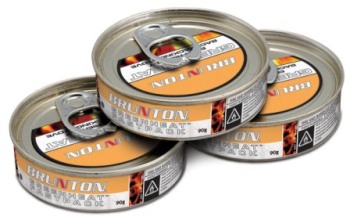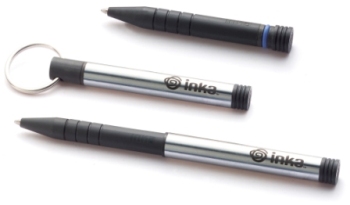Four-eyes in the outdoors

Oakley frames...
In reality, eyewear companies have been developing high-quality, durable and sleek prescription glasses for quite a long time. Oakley's Half Jacket, for example, is the company's best-selling sunglasses model, and it's available with just about any kind of lens prescription.
Oakley offers two lens shapes and 18 lens hues for its prescription Half Jacket glasses. You pick the clear, amber or dark lens that will best suit the anticipated conditions.
The lenses are removable and interchangeable, meaning you can buy multiple lenses for varying environments or swap them out for non-prescription lenses when you want to wear contacts.
I put a Half Jacket to the test mountain biking and orienteering over the course of a month. Initially, the glasses were overwhelming to my eyes and were uncomfortable to wear for more than 20 minutes. Oakley actually warns about this in the Half Jacket's literature, saying that its optics provide an unusually wide field of vision and enhanced peripheral clarity that may require a period of adaptation.
It took me four or five days to get used to the glasses, but now they are sharp, clear and comfortable for long periods.
The Half Jacket is a solid model that seems to glue to your head. Even after a couple of hours of running through the woods on a tough orienteering course, the glasses remained comfortable. I climbed over logs, thrashed through thorns and trudged in swamp muck up to my knees, but the glasses never fell off and barely even slipped on my sweaty face.
Prescription glasses are never remarkably affordable, and the Half Jacket follows suit with prices that start around $300. To purchase the glasses, you must work with an Oakley-affiliated eye doctor who can take your prescription and order the frame and lenses from Oakley. The company provides a dealer locator section on its Web site to guide you to affiliated doctors near your home.
Price: frame only, $130; prescription lenses range from $165-$245 a pair.
Contact: Oakley Inc., 800-431-1439, www.oakley.com.





 Subscribe to Stephen's RSS Feed
Subscribe to Stephen's RSS Feed
 Subscribe to Stephen's RSS Feed
Subscribe to Stephen's RSS Feed